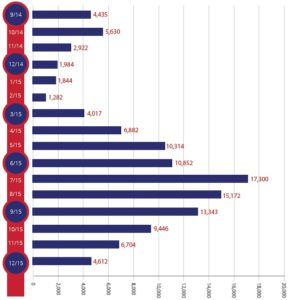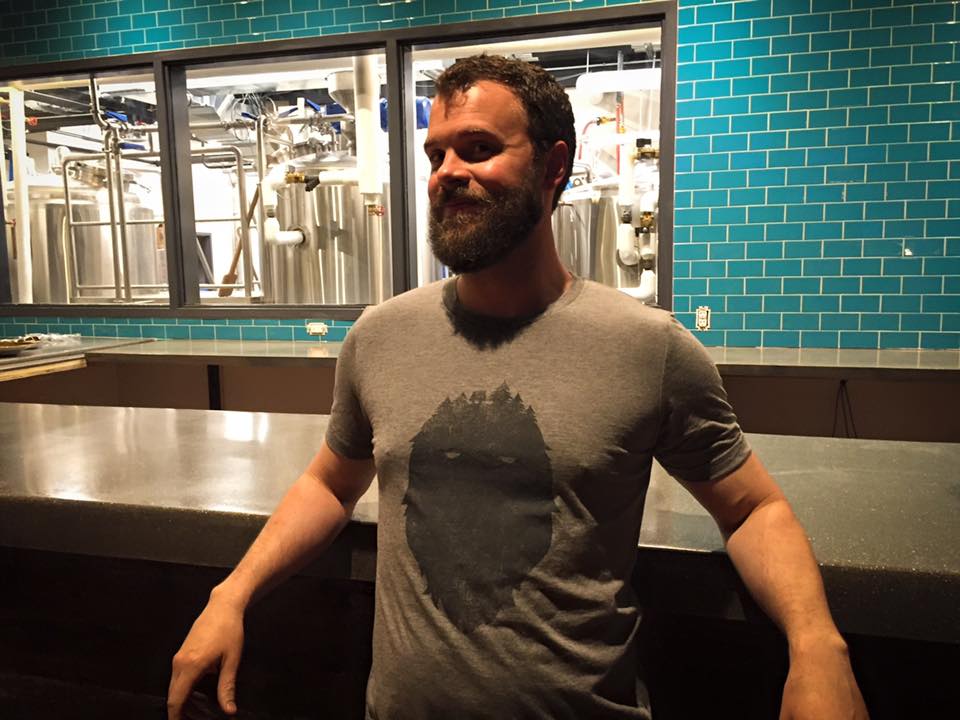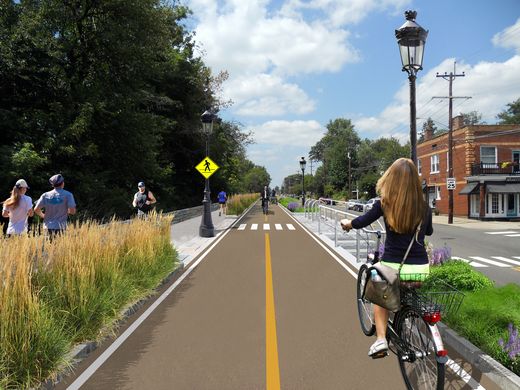Large crowds are expected to descend upon Cincinnati’s center city for the grand opening of what is now being called the Cincinnati Bell Connector following a $3.4 million, 10-year naming rights agreement with the telecommunications company.
Grand opening ceremonies are planned for Friday, September 9 in front of Music Hall in Over-the-Rhine, but special events are planned throughout the entire weekend. The Public Library of Cincinnati and Hamilton County, which has its main branch located along the Cincinnati Bell Connector’s first phase, is getting in on the festivities with a weekend of its own programming.
On Friday, the Public Library of Cincinnati and Hamilton County will host a special exhibit opening for Cincinnati Transportation: Past, Present and Future at 4pm inside the Main Library’s Reading Garden Lounge. Library officials say that the exhibit is free and open to the public, and will stay on display until January 9, 2017 in the library’s Atrium space.
Then, on Saturday, Patricia Van Skaik, the library’s Genealogy & Local History Department Manager, will host a discussion about the lives of Cincinnati’s early streetcar workers. Family Affair: Cincinnati’s Early Streetcar Drivers, Conductors and Mechanics will start at 1pm.
To close out the weekend of themed events, Moving Cincinnati: A History of Trolleys, Cable Cars, Inclines and Streetcars will take place at 2pm. This event will feature a lecture from local historian and author, Robert J. Wimberg, about the transportation history of Cincinnati.
Library officials are particularly engaged with the opening events due to their prominent located along the starter line. In fact, one of the Cincinnati Bell Connector’s stations is located immediately outside of the Main Library at the northwest corner of Eighth and Walnut Streets.
The Cincinnati Bell Connector is the first modern streetcar system of its kind in this region of the country; and it represents a return of surface running rail transit to Cincinnati’s streets after a 65-year absence.









